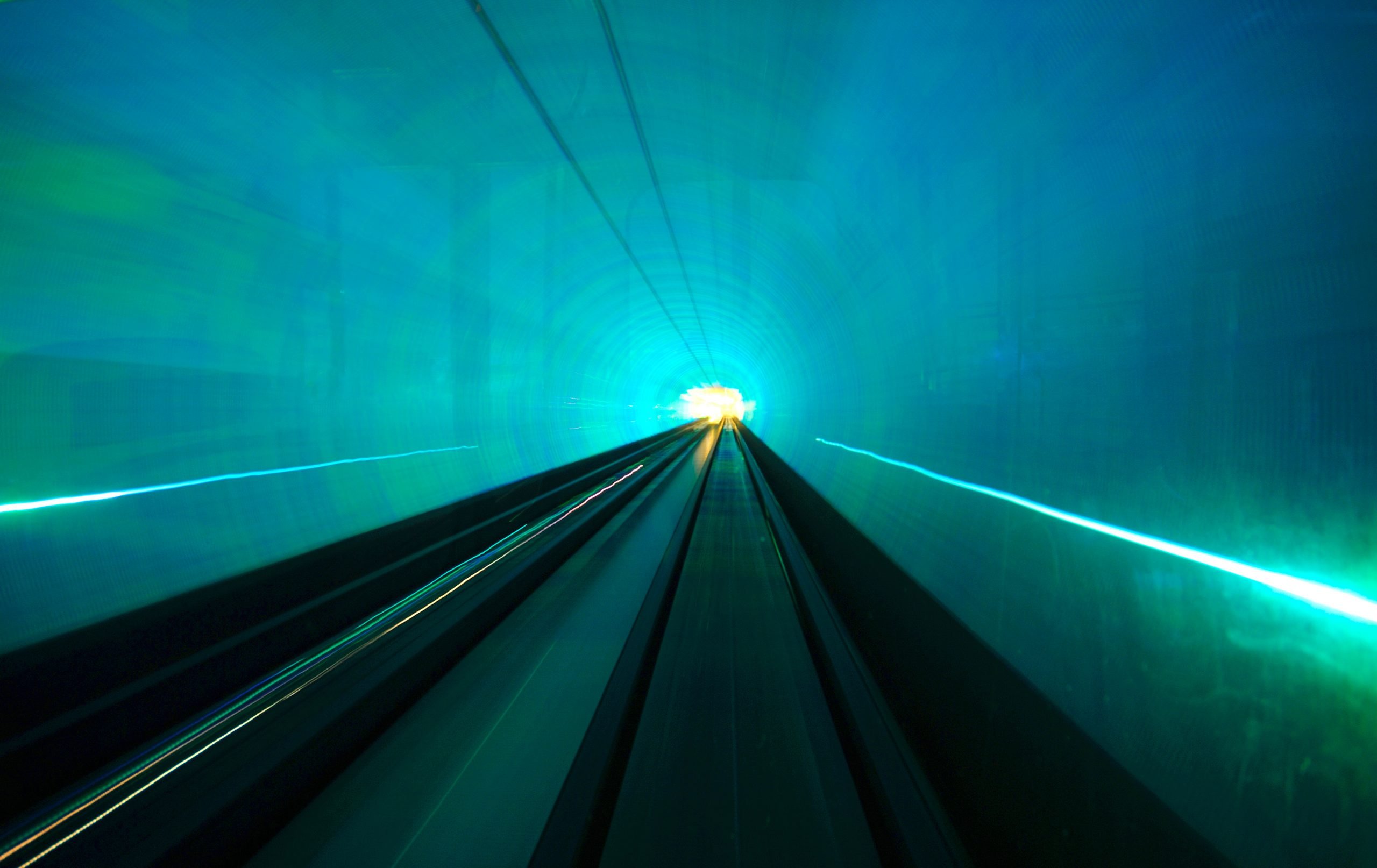The world has been shifting away from traditional, non-digital operations and towards digital operations for years, but we’ve seen a solid escalation in the past couple of years. The coronavirus pandemic meant that aspects of life that were previously offline or a hybrid between offline and online became almost exclusively online. Arenas such as work, socializing, entertainment, healthcare, and finance are much more dependent on digital infrastructure than they were two years ago.
And that’s a trend that will continue even after the pandemic is behind us. As such, there’s a growing necessity for robust digital infrastructure that can meet the demands of a world that are increasingly experienced and processed online.
In this blog, we’re going to take a look at the continued evolution of digital infrastructure, touching upon the facts and figures that reflect its importance, the investments being made by governments around the world, and the potential issues that we may have.
Rising Use
Growing Investments
The good news is that society isn’t walking blindly into a future where outdated systems are being asked to prop the demands of a world dependent on the internet. Governments around the world have developed plans to update and expand their respective countries’ digital infrastructure.
In 2020, China announced plans to radically upgrade its technology infrastructure. They committed an investment of some $1.4 trillion, spread over a period of six years. In the US, $100 billion of the government’s $2 trillion post-Covid recovery plan was allocated to update the country’s digital infrastructure. 20% of the European Union’s €750 billion post-Covid recovery plan will also be allocated to digital upgrades and improvements. Those efforts will surely be supplemented with help from the private sector, too.
Consumer Faith
That tech will dominate the future is taken as given in many quarters. But that’s not necessarily the case. A break in consumer faith would make the widespread use of new technologies an uphill battle. Already, web users expect that things will work instantaneously. They’ll allow for some disturbances and issues, but broadly speaking, things should work seamlessly and instantly.
As more and more elements of our lives move online, the patience that web users will have with non-functioning technology will begin to wane. At that point, a delay or downed system will be more than just a mild inconvenience. It could induce user anxiety. For example, if an IoT home system went offline, that would be a different level of issue compared with, say, Facebook or Instagram going offline for a few hours.
There’ll come a point when users have the same level of expectation from their web use as they do from their electricity and gas services. Most people can assume that an issue with their electricity will be a rare occurrence and that if it does happen, the problem will be fixed instantaneously.
